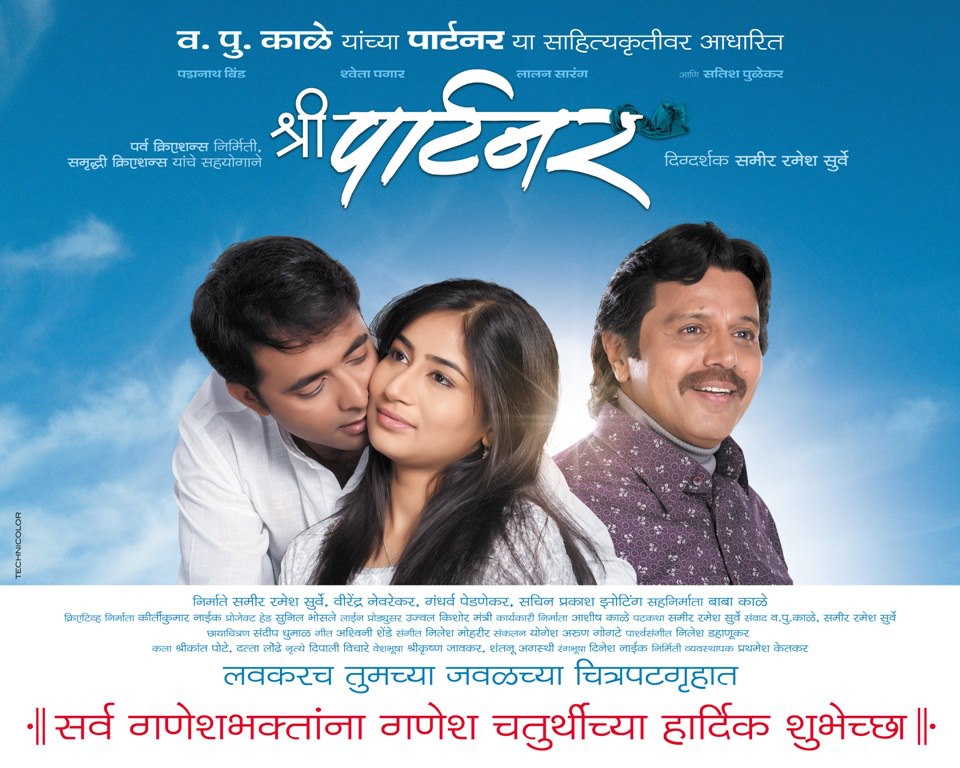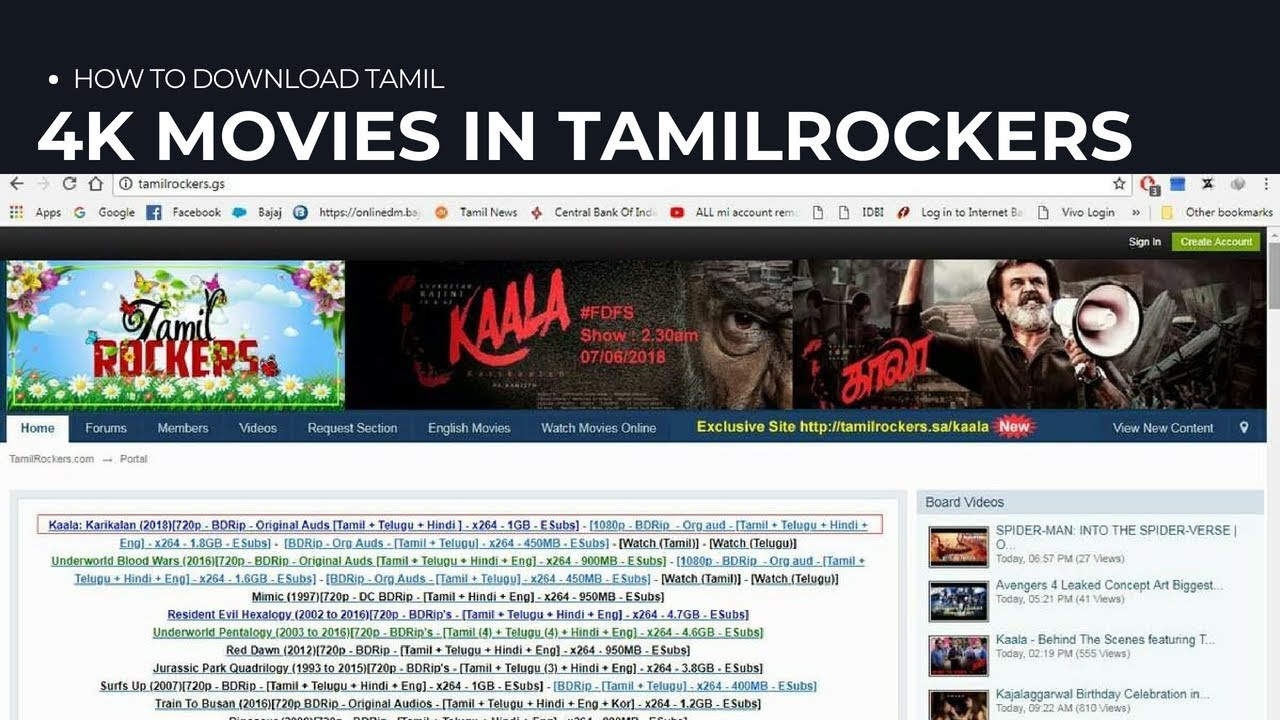


The first, a seated man striking the back of his fist downward against a stone, sandbox, or some type of box. This wonderfully illustrated record of life on the island of Amami Oshima depicts two men doing what appears to be, hardening their fists. Nagoya Sagenta Tokiyuki, 南島雑話 Nanto Zatsuwa 1853-1856 Not even a bow or arrow was to be seen ” “Crimes are said to be very unfrequent among them, and they seem to go perfectly unarmed, for we observed no warlike instruments of any description…it must have been the policy of the Chinese to disarm them, for it appears that, in the first instance, they defended themselves nobly against their attacks, as well as those of the Japanese. John McLeod, Voyage of His Majesty’s ship Alceste, along the coast of Corea to the Island of LewChew, 1818 Mádera = Lead Interpreter, Maehira Pechin Ookuuma = Chief of the Pechin who attended their ship, Okuma Pechin Ingerish very good, yes, yes, yes Loo-choo man no fight.” Possibly he considered that Ookooma was taking too great a liberty or, perhaps, he thought even the semblance of fighting unsuitable with the strict amity subsisting between us.” -169

He appeared anxious to turn our thoughts from the subject, by saying, “Loo-choo man no fight Loo-choo man write-no fight, no good, no, no. We tried in vain to make Mádera explain what were the magical words which he had used to Ookooma. The gentleman to whom he addressed himself, thinking that Ookooma wished to spar, prepared to indulge him but Mádera’s quick eye saw what was going on, and by a word or two made him instantly resume his wonted sedateness. “On returning to the cabin to tea, they were all in high spirits, and while amusing themselves with a sort of wrestling game, Ookooma, who had seen us placing ourselves in the boxer’s sparring attitudes, threw himself suddenly into the boxer’s position of defence, assuming at the same time a fierceness of look which we had never before seen in any of them. This voyage took place from July to November, 1816. Account of a Voyage of Discovery / to the West Coast of Corea, and the Great Loo-Choo Island, 1818. As it stands, the kata names ‘Kūshankū, Kosokun, and Kwankū’ correspond to him, regardless of pronunciation.īasil Hall. The page regarding Kushanku, the Chinese diplomat Quán Kuí (全魁) who led the 1756-1757 Chinese investiture mission to the Kingdom of Ryūkyū is located here. 公相君 are the original Chinese characters for his title, not his name, his name was Quán Kuí.


 0 kommentar(er)
0 kommentar(er)
